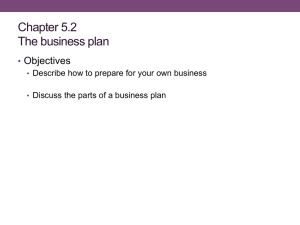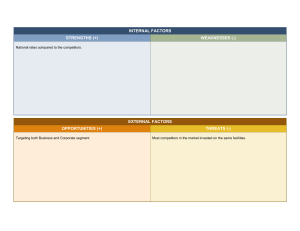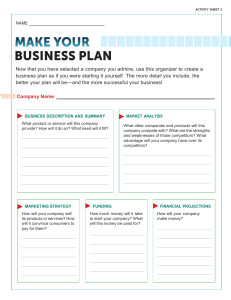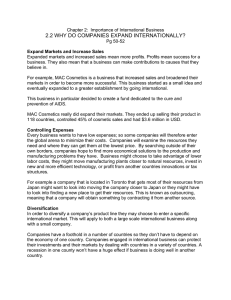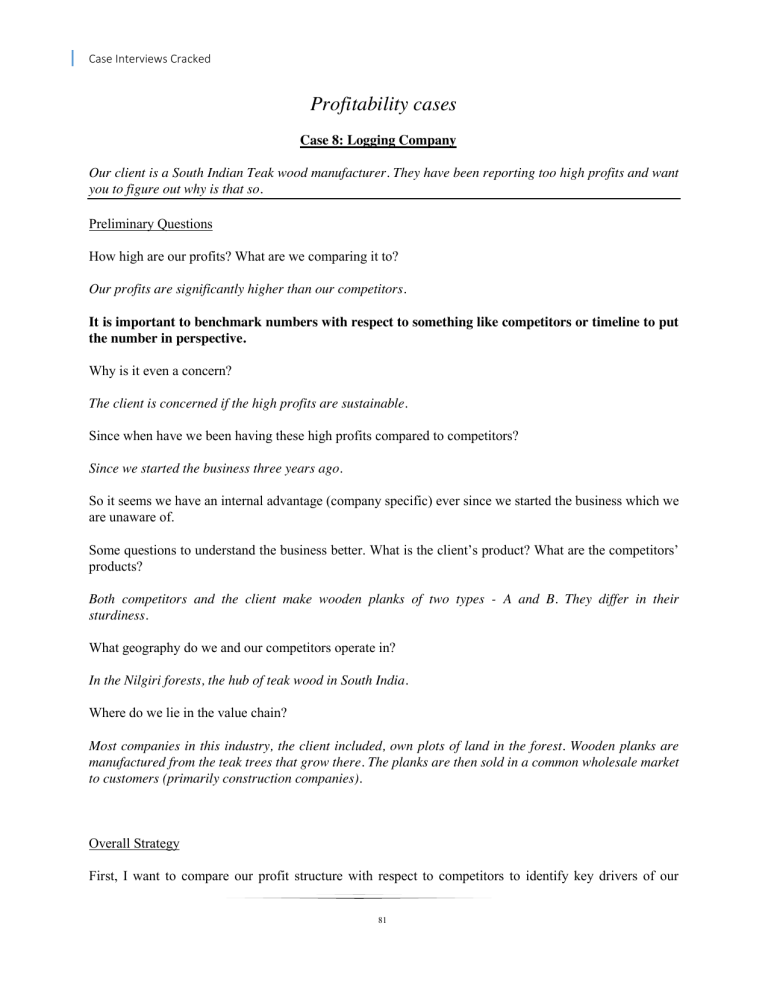
Case Interviews Cracked Profitability cases Case 8: Logging Company Our client is a South Indian Teak wood manufacturer. They have been reporting too high profits and want you to figure out why is that so. Preliminary Questions How high are our profits? What are we comparing it to? Our profits are significantly higher than our competitors. It is important to benchmark numbers with respect to something like competitors or timeline to put the number in perspective. Why is it even a concern? The client is concerned if the high profits are sustainable. Since when have we been having these high profits compared to competitors? Since we started the business three years ago. So it seems we have an internal advantage (company specific) ever since we started the business which we are unaware of. Some questions to understand the business better. What is the client’s product? What are the competitors’ products? Both competitors and the client make wooden planks of two types - A and B. They differ in their sturdiness. What geography do we and our competitors operate in? In the Nilgiri forests, the hub of teak wood in South India. Where do we lie in the value chain? Most companies in this industry, the client included, own plots of land in the forest. Wooden planks are manufactured from the teak trees that grow there. The planks are then sold in a common wholesale market to customers (primarily construction companies). Overall Strategy First, I want to compare our profit structure with respect to competitors to identify key drivers of our 81 Case Interviews Cracked client’s high profits. Following that, I want to verify whether they are sustainable. Note: The above Information has to be given as and when the candidate asks for each data point. The candidate has to come to his own conclusion of price from the margin data. Based on the above information, there are two reasons why client is earning high profits 1. # of units sold by the client is 1.5 times more than that by the competitors 2. Client’s split of production is 3:1 in favor of higher priced type B planks as compared to 1:9 for competitors We know what the reason for high profits is, but we need to know why this is happening and whether it is sustainable. I’d like to begin by understanding why: 1. Units sold is 50 % higher than competitors Let’s understand the value chain of the business here. Production > Distribution push of product > Customer demand Hence, one or more of the following could be happening 82 Case Interviews Cracked ● We are producing more planks. That is in fact happening. We are producing 1.5X compared to competitors. ● Our wholesalers are able to push our products better than anyone else. That is not particularly true. ● The customers prefer our products better than our competitors’. No. The planks are a commoditized product. This means that customers do not prefer our type A over our competitor’s type A. Same in case of type B. Assume every plank that is produced in this industry gets sold. So, sales are dependent only on production. I want to segment further to identify the driver for higher planks produced by the client. Cutting cycles is the number of times the trees in a plot are cut Area of land is same since each company has been allocated a 50sqm area by the government for a 99yr lease. Why do we have more cutting cycles in a year? It is possible only if our trees are growing that much faster. Is that the case? We’ve done some research and we’ve found that there are certain minerals in the soil of our plot of land that allow trees to grow faster. So we know why we are able to produce more planks. The big question is, can we continue doing that? Are the minerals going to last forever? The minerals are depleting and will get exhausted linearly in the next 5 yrs. Hmm so the minerals are the key and they will deplete in 5 yrs. Is there any way to: 83 Case Interviews Cracked 1. Re-generate the minerals, for example using special fertilizers? No 2. Get more of the soil with these minerals? No 3. Get a plot of land where these minerals are present? No This means the profits are not sustainable. We will have to look at other ways to compensate for our eventual depletion of luck. But before that I want to move onto mystery 2- 2. Split of unit production is 3:1 in favor of high-margin Type B planks as compared 1:9 for competitors Why do we have a more favorable split of 3:1 for type B planks? Every company tries to maximize the production of the high margin product. Our competitors are just not able to produce as much. Why is that? What determines whether a plank is a type A or a type B wood? Every tree gives us wood of the two types. Whether a plank is type A or type B depends on the inherent sturdiness of the wood, which is again because of the minerals in the soil. Naturally, our trees are able to provide us with much more type B wood compared to our competitors. So essentially minerals in the soil were the reason for our unsustainable high profits. Since we cannot preserve our advantage of higher unit production and favorable split, we can potentially look to increase our price in the market or reduce costs to maintain our high profits. Would you like me to do that analysis? Prices cannot be increased due to competitive pressures and cost optimization will be difficult. I think we’ve uncovered the crux of the issue. We can close the interview here. Brownie points for mentioning that prices for Type-2 planks can be jacked up since no other company has the soil advantage. Even if it means reduced annual profits in the short run, in the long run we will have a higher cumulative profit. 84
